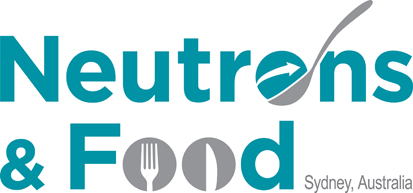Speaker
Description
Some industrial surfactants that are commonly used in preparation of non-stick coatings for kitchen dishes and in food packaging products are fluorinated compounds as they have good water and stain repellent properties. These materials however now attract increasing global concern due to their persistence, bioaccumulation and possible adverse effects on the environment and living organisms. Concerns regarding these molecules being carcinogenic and possibly harmful for children immunes system have been raised. The use of some of these compounds, in particular long-chain compounds, has been banned in many countries and some other compounds are under discussion as regards continued use. In the past few years, new alternative molecules with shorter chain length or with partly fluorinated chains have been introduced as replacements that are thought to be safer products. There is however little known about the interaction of these compounds with biological systems or well-founded reasons for specific choices. In this project, we have investigated the interaction of fully and partly fluorinated compounds with model systems relevant to biological interfaces using neutron reflectometry. Neutrons provide a unique and powerful tool to investigate the amount and location of fluorocarbons when mixed with hydrogenous molecules. The study covers a range of compounds, from the ones that are already banned to new replacement alternatives It has allowed a comparison of the effect of hydrophobic chain length and of different hydrophilic functional groups on their interactions with phospholipid bilayers. Fully fluorinated molecules have been shown to penetrate into bilayers and displace the lipids whereas partly fluorinated compounds show negligible interactions with the lipid. Off-specular scattering data from bilayers which have been contacted with fully fluorinated compounds indicate that there are rough and patchy structures after exposure. Extensive rinsing with water removes some of the fluorocarbon surfactant but a less dense lipid bilayer is left behind. The interaction of these compounds has been found to vary with the head group as: sulfonamide > sulfonate > carboxylic acids and to increase with the chain length [1] which strongly correlates with their solubility in water.
- S. Nouhi et al. (2018), Journal of Colloid and Interface Science, 511, 474-481.

